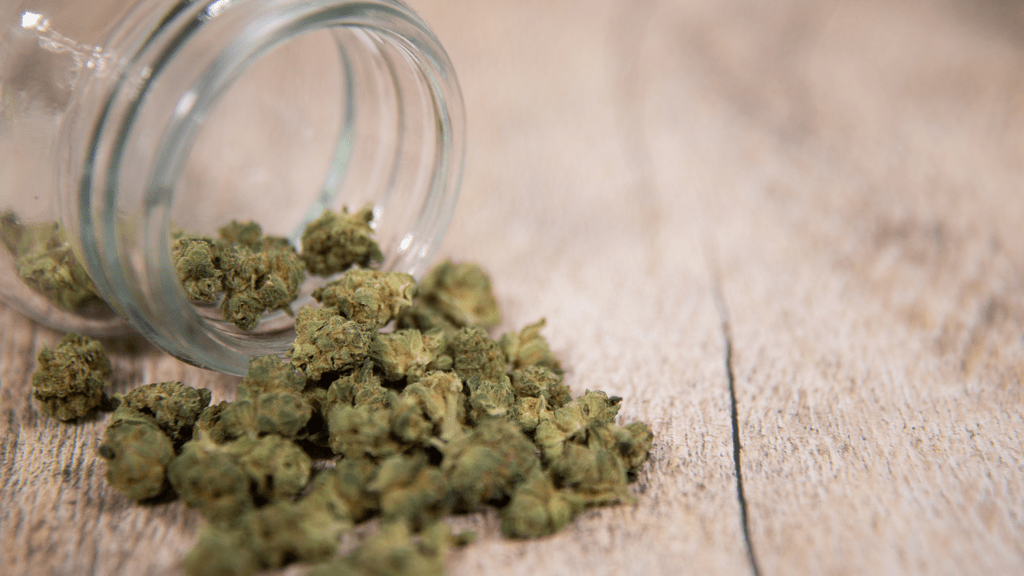For veterans who have endured harsh environments—burn pits in Iraq, desert dust storms in Afghanistan, or toxic fumes from fires—the toll on the lungs can be devastating. Many return home struggling with shortness of breath, chronic cough, and other lingering respiratory symptoms. As medical cannabis becomes more accepted nationwide, some veterans are asking whether it could help support their respiratory recovery after combat exposure.
Research into this specific question is still emerging, and the evidence paints a nuanced picture. On one hand, inhaling cannabis smoke or vapor introduces particulates and irritants that may worsen airway inflammation. On the other hand, certain cannabinoids—particularly cannabidiol (CBD)—show potential in laboratory studies for reducing inflammation and oxidative stress, two key drivers of lung damage. The balance between potential benefit and harm largely depends on how cannabis is consumed and what compounds are used.
Exposure to airborne hazards during military service—especially open-air burn pits—has been linked to a spectrum of lung problems, including asthma, chronic bronchitis, and constrictive bronchiolitis. The U.S. Department of Veterans Affairs’ Airborne Hazards and Burn Pits Center of Excellence has documented how these exposures release toxins such as dioxins, polycyclic aromatic hydrocarbons, and heavy metals that can cause long-term inflammation and scarring in the lungs. Studies published in JAMA Network Open and The New England Journal of Medicine have found correlations between deployment-related exposures and respiratory disease, though more research is needed to confirm causation and understand the full scope of risk.
When it comes to cannabis use, the scientific consensus is clearer. Inhaled cannabis—whether smoked or vaped—can irritate the bronchial passages and trigger coughing, wheezing, or chronic bronchitis symptoms. The American Lung Association and reviews in Chest Journal have reported that regular smoking of marijuana is associated with airway inflammation and structural changes similar to those seen in tobacco users, though typically to a lesser degree. For veterans with preexisting lung damage, these effects could delay or even prevent recovery.
That said, the therapeutic potential of cannabinoids themselves remains an active area of study. In preclinical experiments, CBD and other non-psychoactive compounds have shown anti-inflammatory effects in animal models of lung injury, including reduced cytokine production and decreased tissue damage. Some studies suggest that cannabinoid receptor activation—particularly at the CB2 receptor—might help regulate immune responses in the lungs. However, these studies have not yet translated into large-scale clinical trials involving human patients or veterans with deployment-related lung injuries.
Medical experts caution that while cannabinoids may hold promise, self-medicating with smoked or vaped cannabis is not a safe route for respiratory recovery. Instead, non-inhaled methods such as tinctures, capsules, or edibles may offer systemic effects without exposing sensitive lung tissue to further irritation. The VA/DoD Clinical Practice Guideline for the Management of Substance Use Disorders does not currently recommend cannabis for treating respiratory conditions, emphasizing instead evidence-based treatments like pulmonary rehabilitation, bronchodilators, and anti-inflammatory medications.
Ultimately, cannabis cannot be considered a proven tool for healing the lungs after combat exposure. However, for veterans who use it responsibly under medical supervision—particularly in non-inhaled forms—it may contribute to overall wellness by easing pain, anxiety, or sleep issues that complicate recovery. The safest course for veterans remains transparency with healthcare providers, participation in VA screening programs for burn pit exposure, and adherence to established pulmonary care protocols while scientists continue to investigate how cannabinoids interact with the lungs.
In short, the idea that cannabis could support respiratory recovery is scientifically intriguing but far from settled. The promise lies not in the smoke but in the molecules—carefully studied, properly dosed, and medically guided.

